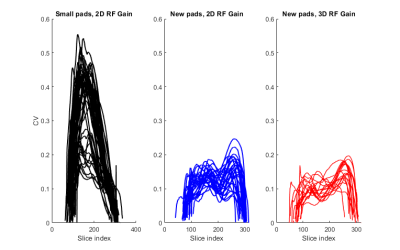Giske Opheim1, Vincent O. Boer2, Esben Thade Petersen2,3, Martin Prener1, Olaf B. Paulson1,4, and Jan Ole Pedersen5
1Neurobiology Research Unit, Dept. of Neurology, Copenhagen University Hospital Rigshospitalet, Copenhagen, Denmark, 2Danish Research Centre for Magnetic Resonance, Centre for Functional and Diagnostic Imaging and Research, Hvidovre, Denmark, 3Section for Magnetic Resonance, DTU Health Tech, Technical University of Denmark, Kgs. Lyngby, Denmark, 4Faculty of Health and Medical Sciences, University of Copenhagen, Copenhagen, Denmark, 5Philips Healhtcare, Copenhagen, Denmark
1Neurobiology Research Unit, Dept. of Neurology, Copenhagen University Hospital Rigshospitalet, Copenhagen, Denmark, 2Danish Research Centre for Magnetic Resonance, Centre for Functional and Diagnostic Imaging and Research, Hvidovre, Denmark, 3Section for Magnetic Resonance, DTU Health Tech, Technical University of Denmark, Kgs. Lyngby, Denmark, 4Faculty of Health and Medical Sciences, University of Copenhagen, Copenhagen, Denmark, 5Philips Healhtcare, Copenhagen, Denmark
The coefficient of
variation (CV) of bias fields varied significantly between three different B1+
control approaches. A combination of large pads and 3D-based RF gain optimization
yielded the smallest variations of CV, indicating increased stability.

Figure 1:
Two images to the left: Examples of B1+ maps after 2D and 3D RF gain optimization from the same subject. The 2D gain optimization for this subject caused B1+ of 160% in the center of the brain. The 3D optimization caused B1+ of 140% (yellow arrows). The green arrows indicate lateral area typically presenting B1-induced inhomogeneity whose severity vary particularly with head size and placement of dielectric pads.
Two right images: Example of a bias field corrected 3D MPRAGE image and the computed bias field. The red arrows demonstrates 40% MPRAGE magnitude variations.
